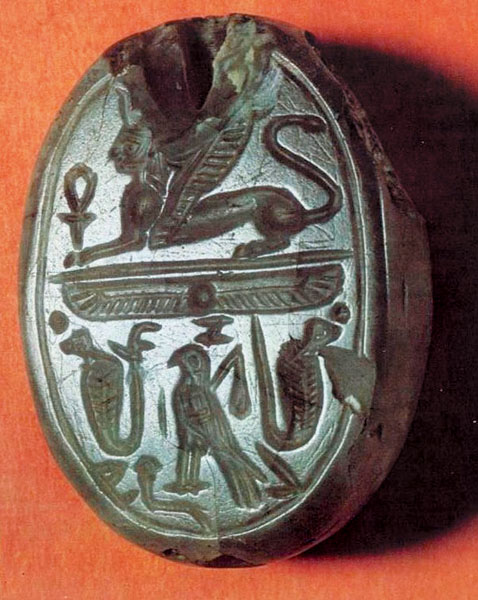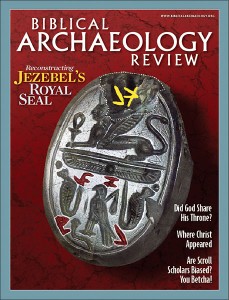
Thousands and thousands of seals and seal impressions (bullae) from the ancient Near East have been found, including Hebrew exemplars in Israel. Documents would be tied up with string and a blob of clay placed over the string; a seal would then be impressed into the clay to identify the sender and assure the security of the document. Or a seal would be impressed into the handle of a jar to identify the owner— for example, the so-called l’melekh handles (“[belonging] to the king”), of which there are several thousand. Or a seal could be used to prevent unauthorized entry to a storehouse. Deuteronomy 32:34 speaks of the Lord’s attributes “sealed up in My treasuries.”
Of all the thousands of exemplars with Hebrew inscriptions, however, only about 35 belong to women. This paucity nevertheless demonstrates two things. First, some women did indeed possess and use personal seals. Second, this was true of only very few women. Ancient Israel, like its neighbors, was a patriarchal society. Women possessing seals clearly belonged to the upper classes.
On two seals the female owner is described as a “daughter of the king.” Set off against 24 attestations of a “son of the king,” this once again demonstrates that women had a harder time attaining a position of influence than men, even if they were princesses.
Already a library member? Log in here.
Institution user? Log in with your IP address.

